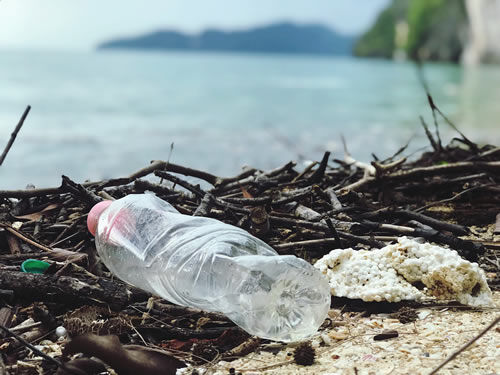Let’s face it, planet earth is all we have and it is our job collectively as humanity to take care of it. Each member of society has a responsibility role to play and in business there is no exception to the rule.
Over the past 30 years, we have seen a massive shift in North American manufacturing away from the use of harsh chemicals, heavy metals and other dirty processes that slowly erode the natural ecosystems of earth.

Recycling Programs & A Push To Go Green
One of the main goals of all manufacturing organizations is to limit waste production during their processes to mitigate costs and provide the best possible prices for their products. This has driven many of the waste diversion programs that we use today to recycle various elements, and to properly separate/ reuse plastics.
Conflict Minerals Reporting (CMRT)
Another innovation that has come about as a result of the initiatives undertaken by governments to go green is the tracking of conflict minerals. When thinking about how different industries cause abuses to the environment, we cannot help but recognize abuse towards humans in the same process.

What is A Conflict Mineral?
Conflict Minerals are classified as 3TG. This classification includes 4 particular precious metals; Tungsten, Tantalum, Tin, & Gold.
These precious metals are historically known to industries worldwide to be mined and recycled by individuals or groups operating businesses that violate human rights regarding slavery and piracy. Governments and responsible corporations have joined together unilaterally to fight against this corruption by instituting a reporting system for purchasing transparency, and boycotting known illegal smelters and operators.
Every company worldwide who deals in these metals shares in the responsibility to maintain the database’s accuracy by submitting a yearly report of their use. We strongly believe in supporting this cause and helping other corporations realize how they can help.
Chemical Responsibility ROHS and REACH
Various countries around the world have different standards to deal with chemicals in manufacturing industries. They all serve the same goal, keeping humans safe and saving the environment from destruction by chemicals capable of destroying the environment.
The fact is, some chemicals that are definitely harmful to the environment are sometimes a necessity of a process to make a product or guarantee a certain result in manufacturing. This means that manufacturing companies are responsible for the safe use, disposal and transparency of these types of substances.
ROHS (Restiction Of Hazardous Substances)

Over time, there has been a majority agreement worldwide to stop using Lead primarily in electrical and electronic products due to its lethality to humans as a neurotoxin. The RoHS designation was started on this basis and has progressed over the past 15 years.
ROHS compliancy also means that a manufacturer has promised and does not use components in their processes containing more than the legally allowable limits of 9 additional substances listed below and their limits;
Lead (Pb) 1000 ppm (0.1 weight %)
Cadmium (Cd) 100* ppm (0.01 weight %)
Mercury (Hg) 1000 ppm (0.1 weight %)
Hexavalent Chromium (Cr+6) 1000 ppm (0.1 weight %)
Polybrominate biphenyls (PBBs) 1000 ppm (0.1 weight %)
Polybrominate biphenyl ethers(PBDEs) 1000 ppm (0.1 weight %)
Bis(2-Ethylhexyl) phthalate (DEHP) 1000 ppm (0.1 weight %)
Benzyl butyl phthalate (BBP) 1000 ppm (0.1 weight %)
Dibutyl phthalate (DBP) 1000 ppm (0.1 weight %)
Diisobutyl phthalate (DIBP) 1000 ppm (0.1 weight %)

REACH
Reach stands for Registration, Evaluation & Authorization, of CHemicals.
This directive was instituted by the European Union to classify and make available and public all hazardous chemicals and their risks. It further analyzes chemicals for their properties, and provides a legal framework for authorizing manufacturing corporations to use certain substances.
In North America, We use WHMIS and the MSDS systems for classifying, training and enforcing these same principals.
All of these different programs, regulations and institutions aim to create a responsible ecosystem within the manufacturing industries to protect human life and the environment. If we all do our part, we can leave the world just a little better for future generations to thrive.

